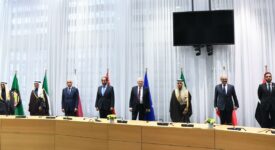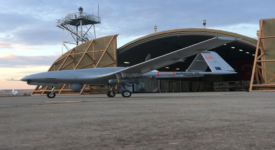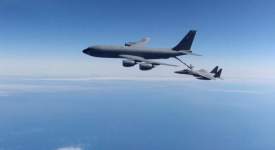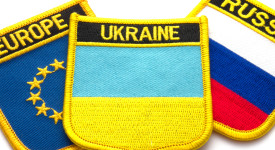Teemu Sinkkonen (The Finnish Institute of International Affairs)
The phenomenon of foreign volunteers in wars is not new. The current number of foreign fighters in Syria and Iraq, estimated at about 15 000, is not very different from comparable historical events. According to existing studies, ‘only’ one in 15 or 20 fighters plans to continue with terroristic activities in his home country. Thus, around 150 or 200 persons out of 3000 EU citizens fighting in Iraq or Syria could prove problematic in the future. The EU has missed the chance of significantly influencing the conflict since its beginning but it can still contribute to combating terrorism. This study proposes the following instruments that are at disposal on the level of individual states as well as EU institutions.
One of the possibilities is to operate in the place of the conflict, though the EU itself does not have sufficient military capacities. Nonetheless, the German initiative to train the Iraqis could be the starting point for subsequent activities within the Common Defense and Security Policy following the operation EUJUST LEX. The EU could concurrently alleviate the suffering of civil society and refugees through the Instrument for Stability. Another area where the EU could intervene is, for example, the blocking of terrorists’ financial transfers. Although ISIL is currently receiving funds from the oil trade and is not really dependent on external sources, it is vital to target the financing of affiliated and other similar groups.
Another notional territory, where the war against ISIL could be waged, is cyberspace. The terrorists aptly use social networks for the purpose of propaganda and member recruitment. The EU could resist that by supporting independent journals, whose reporters will bring undistorted information from the key areas. Furthermore, the EU could provide leads for the media companies, in order for them to know how to handle the sensitive extremist media content.
Another significant area is, of course, the internal space of the Union. There are two approaches concerning how the potentially dangerous returnees from ISIL should be dealt with. The inclusive approach aims at de-radicalization and the return to everyday life, while the exclusive approach seeks to criminalize the dangerous activities and to isolate radical individuals in jail or by preventing them from entering the country. The approval for the EU’s Passenger Name Records database was one of the steps undertaken that would lead towards a better monitoring of the movement of suspicious persons on the EU borders.
Last but not least, the EU can act diplomatically in countries like Iran, Saudi Arabia, or Turkey. In the case of the first two, the EU could attempt to help smooth out the differences underlying their perennial rivalry, which is being echoed in the critical areas across the Middle East. Meanwhile, Turkey, serving as an imaginary bridge between the European and Islamic civilizations and also link between the former and the main war zones controlled by ISIL, the most convenient and effective approach would be to harmonize the counterterrorist measures between Brussels and Ankara.
(The study can be downloaded here)







